Washington Summit: Crown of success for Azerbaijan’s peace efforts Baku scores big
Friday’s meeting in Washington demonstrated the effectiveness of the Azerbaijani leadership’s long-standing approach to the peace process with Armenia — an approach based primarily on Azerbaijan’s own efforts. It is precisely the fruits of these efforts that convinced the U.S. president to organise the Washington summit. Based on the results of the meeting, one might conclude that Baku won 4:0. But it is more accurate to say that it was not Baku’s peace policy that won, but peace itself.
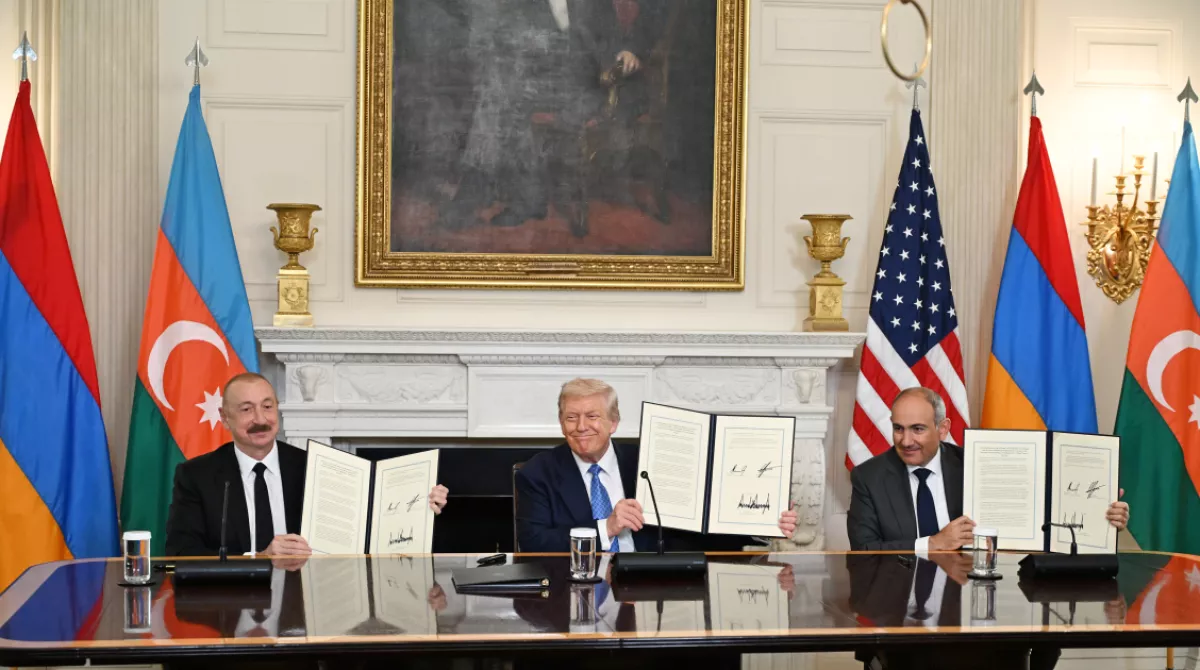
First result: International recognition of the outcomes achieved by Azerbaijan’s efforts
Let’s be straightforward and say the obvious — though many commentators tend to forget this in the current context: up to now, all the results in the peace process have been achieved thanks primarily to the efforts of Azerbaijan.
The Armenian government, even after the change of power in Yerevan in 2018, tried to maintain the status quo, to keep at least something of what it had previously seized. Often, it openly counted on a revanche and frequently attempted to involve external forces against Azerbaijan — from the United States under Biden to the EU, France, and Iran.
But the Azerbaijani government, initially with the help of its armed forces and diplomacy, repeatedly forced Yerevan to give up what it had seized — gradually, giving Armenian leaders a chance after each military round to resolve issues without shooting. Then Baku began building a framework for peaceful settlement, fending off constant attempts by all external “well-wishers” to sabotage it. After all, all international mediations — from the EU’s liberal establishment to Russia — after 2020 ended in familiar reruns of negotiations within the framework of the “infamous OSCE Minsk Group.”
In short, all the results of the peace process were achieved because Azerbaijan’s influence forced the Armenian leadership to take steps within the framework of peaceful settlement.
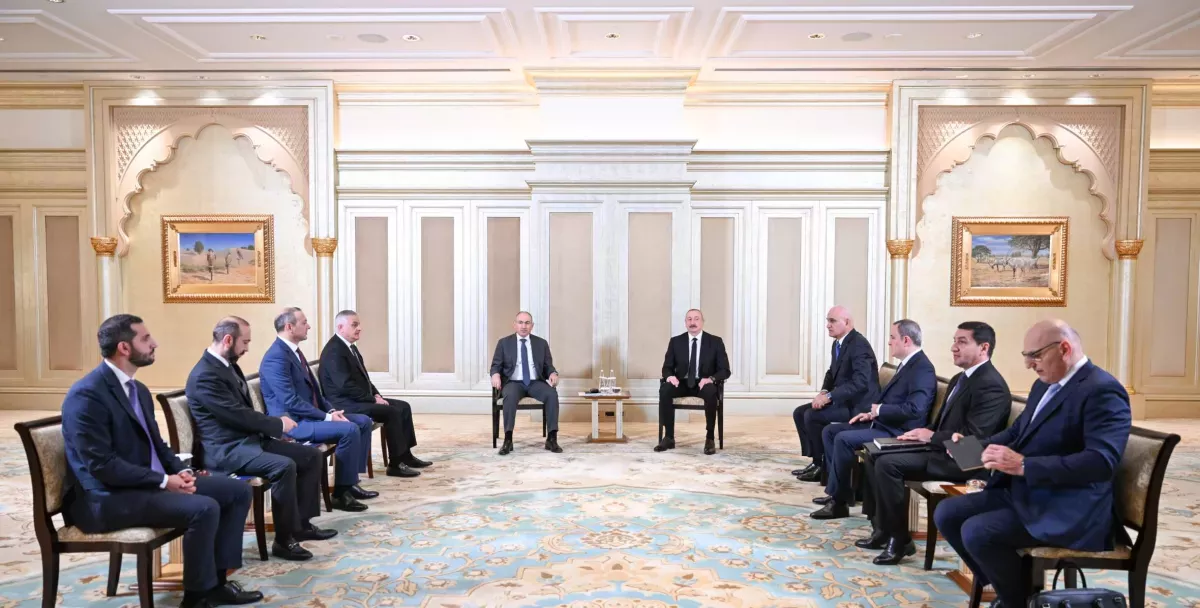
In March, the parties directly agreed on a draft peace treaty, and in July, Azerbaijani President Ilham Aliyev and Armenian Prime Minister Nikol Pashinyan finally met one-on-one in Abu Dhabi.
And then the meeting in Washington took place. One should not forget the sequence of events and everything that preceded it. The logic of the Washington summit is clear — President Trump recognised the effectiveness of the peace process promoted by Azerbaijan.
It was in this context that Baku and Washington decided to prepare a broad strategic partnership between the two countries, covering regional, energy, and strategic issues. This partnership will be signed not as a mere formality or in the hope of future implementation (as Biden did with Pashinyan), but as a document reflecting Azerbaijan’s real weight in the world and the United States’ course in the South Caucasus.
Second result: Euro-liberals and their allies retreat before Trump
The “domino effect” in the EU’s foreign policy continues — Europe is retreating before Trump on increasingly many fronts. In this sense, the Washington meeting was a crushing defeat for the euro-liberals who invested so much time and effort in their geopolitical expansion in the South Caucasus through intrigues with Armenian revanchism.
As a result, the peace process ended up on President Trump’s desk. And already on the night from Friday to Saturday, the EU leadership and even the French Foreign Ministry hurriedly issued statements fully endorsing and supporting President Trump’s policy!
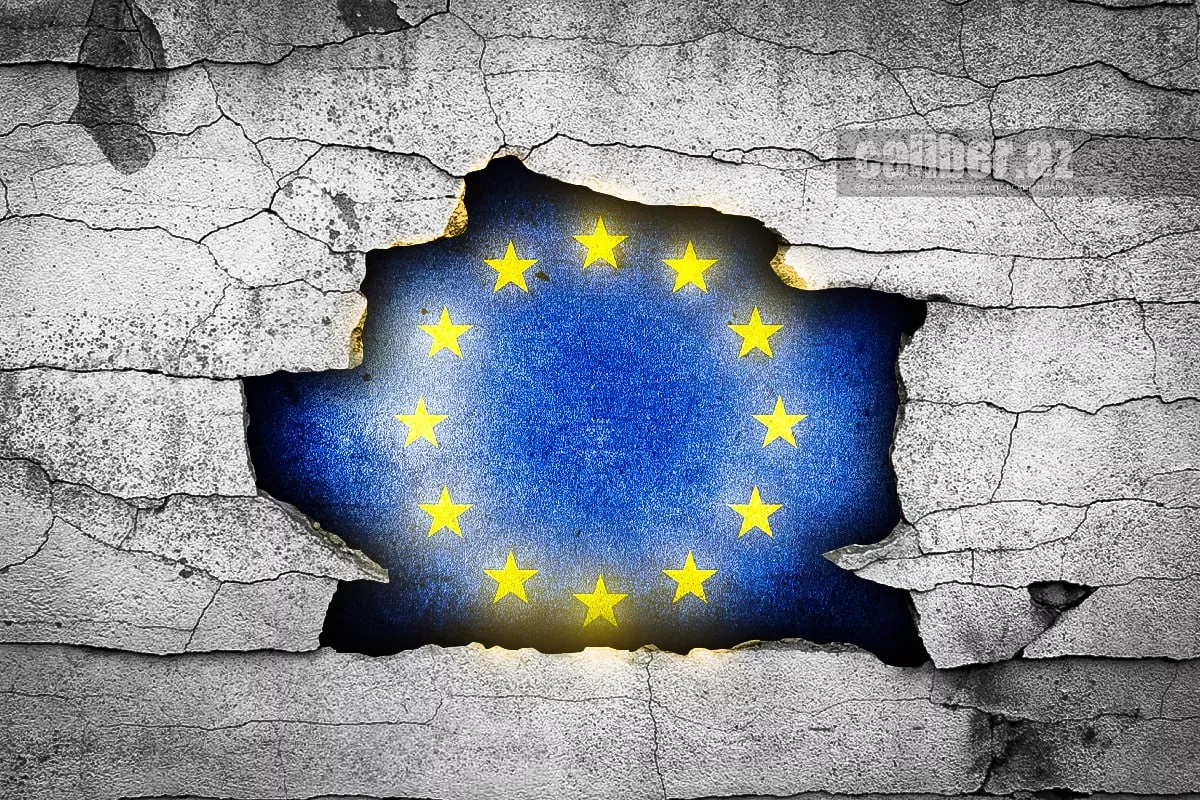
In principle, the South Caucasus intrigues of the EU and Armenian nationalists collapsed the moment Trump won the election. Armenian leaders, who had been counting on the euro-liberals and the U.S. Democratic Party, at that time withdrew their objections to certain points of the peace treaty. It makes perfect sense: playing against Azerbaijan’s peace policy, the euro-liberals and their partners within the Yerevan establishment never counted on their own strength. They hoped to involve the United States in this dubious scheme. And in the final years of Biden’s administration in Washington, some might have thought that such a risky calculation could work — the increasingly reckless policy of Trump’s predecessor reached, as we know, the effective restoration of absurd sanctions against Baku and even the last-minute signing of a strategic partnership document between the U.S. and Armenia.
The Azerbaijani leadership then allowed these blows to fall “into the void,” since last summer officials in Baku openly stated they considered the Democratic Party’s defeat and Trump’s victory inevitable. In that case, there were grounds to believe that the EU elites’ intrigues against the peace process and Azerbaijan would soon collapse under their own weight.
Thus, the recent meeting in Washington, which marked the defeat of the euro-liberal elites in their geopolitical manoeuvres in the South Caucasus, was a crushing blow to Pashinyan’s previous policies. Far from his euro-liberal allies, he had to finally agree to a completely different format for the peace process.
Proof of this was the inclusion in the document signed in Washington of a clause requiring amendments to the Armenian constitution—something the Yerevan establishment long sought to avoid. Another proof was the de facto creation of the Zangezur corridor to restore communications between different regions of Azerbaijan and the entire area—an issue the United States took on after Russia failed to handle it.
Third result: Pashinyan has stepped onto a slippery geopolitical path
However, one should not be deceived by any supposed sincere readiness in Yerevan to fulfil all the agreements concerning the creation of the Zangezur corridor. Moreover, on this issue, Pashinyan has moved into a risky political game. He has not negotiated safe transit between Nakhchivan and the rest of Azerbaijan with Baku—a partner with whom Armenia will not only have to reconcile but also build friendly relations if the Republic of Armenia wants to remain a viable state.
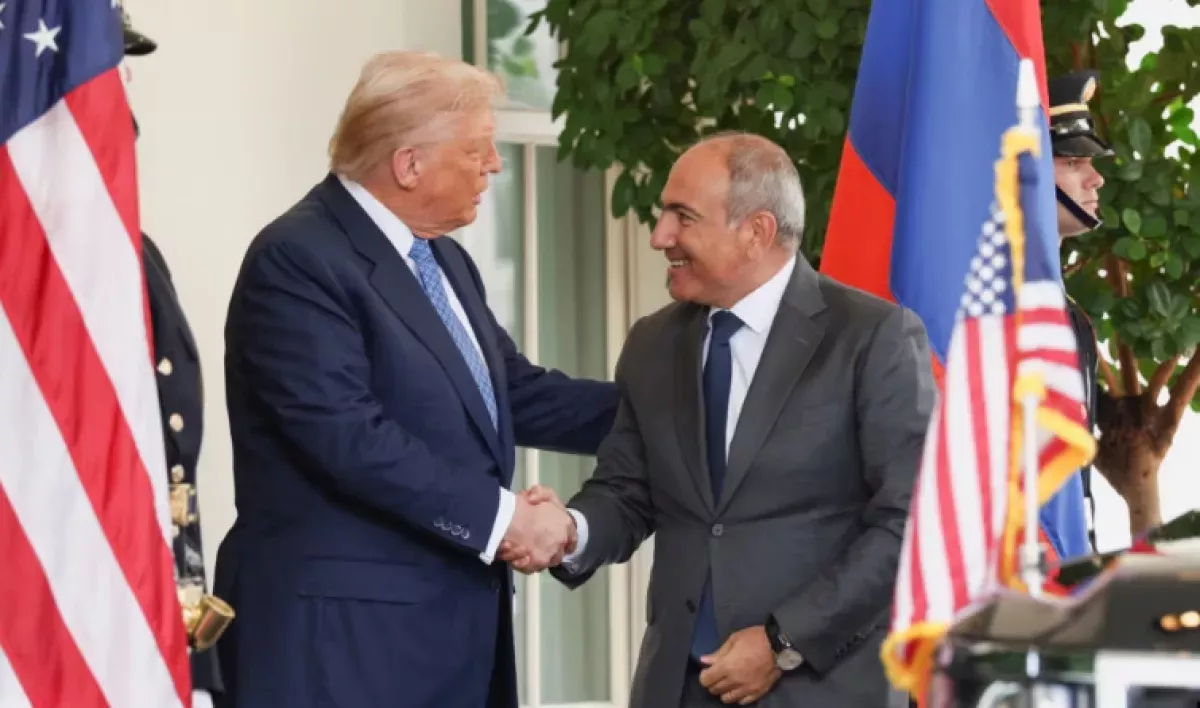
Instead, the Armenian leader effectively offered Trump a portion of Armenian territory for American companies to organise the corresponding transit through it. The argument was that Armenians would contribute to America’s global greatness while also allowing Americans to profit. Moreover, Pashinyan did not limit himself to a straightforward business proposal but added notable details. For example, he suggested transferring the southern part of the country not just initially for the maximum term of 99 years, but immediately spoke of extending that term afterwards. Additionally, as the American president reported, the Armenians insisted that the transit corridor be named after him — the “Trump Route for International Peace and Prosperity.” In return, Yerevan either hopes for Trump’s support in disputes with Azerbaijan or simply tries to buy time, betting on a shift in the global political situation — something Armenian elites have been doing since their defeat in 2020. It is no coincidence that, having agreed last year to a constitutional referendum necessary for signing the peace deal, the Armenian leadership skillfully postponed it all the way until 2027 to slow down the signing of the peace treaty.
This attempt to bargain for time and U.S. support by offering a “piece of Armenia” in return actually looks like a familiar, almost banal move by the Armenian elites on several levels. Back in the early 20th century, the Dashnaks, having brought the First Armenian Republic to collapse, tried in their final days not just to hand it over in parts but entirely as a U.S. mandate territory. It did not work out because the White House then looked at a country whose leaders were offering it up themselves (!) and concluded that even on those terms “the juice wasn’t worth the squeeze” — a poor territory, far from the U.S., and at odds with all its neighbours due to excessive claims.
However, this proposal also raises other questions about Yerevan’s underlying motives and real intentions. Although President Trump referred to the future route as a corridor three times — and Armenian commentators even meticulously calculated its size and specifics — Yerevan categorically refuses to characterise the future project in this way.
In other words, it seems that Pashinyan is now attempting to repeat the kind of manipulation openly employed by his European allies. Promising Trump mountains of contracts, preferences, and investments, they immediately began devising schemes to override these agreements.
For example, Europeans started spending their formally increased military budgets on regular infrastructure — under the pretext that it had military significance. Washington sees these manipulations, which is why Trump is in no hurry to make reciprocal concessions or lift tariffs on European goods.
It is unlikely that Pashinyan will succeed in pulling off a similar trick by portraying his concession to the U.S. as unprecedented — formally it may be unprecedented, but in reality, Yerevan is giving nothing so far, while already receiving a respite in return.
Overall, Trump most likely understands the essence of this bargaining. During his first presidential term, something similar was offered to him by Ashraf Ghani, then president of the pro-Western kleptocratic regime in Afghanistan. Ghani promised the Americans literally mountains of gold and rare earths, granting exclusive access to all the country’s mineral resources — just so Trump would continue supporting him in the war against the Taliban. The attempt to sell Trump an empty promise failed, but last winter, the Ukrainian leadership offered him almost the exact same deal — literally all the mineral wealth of their country in exchange simply for the chance to continue the war with Russia.
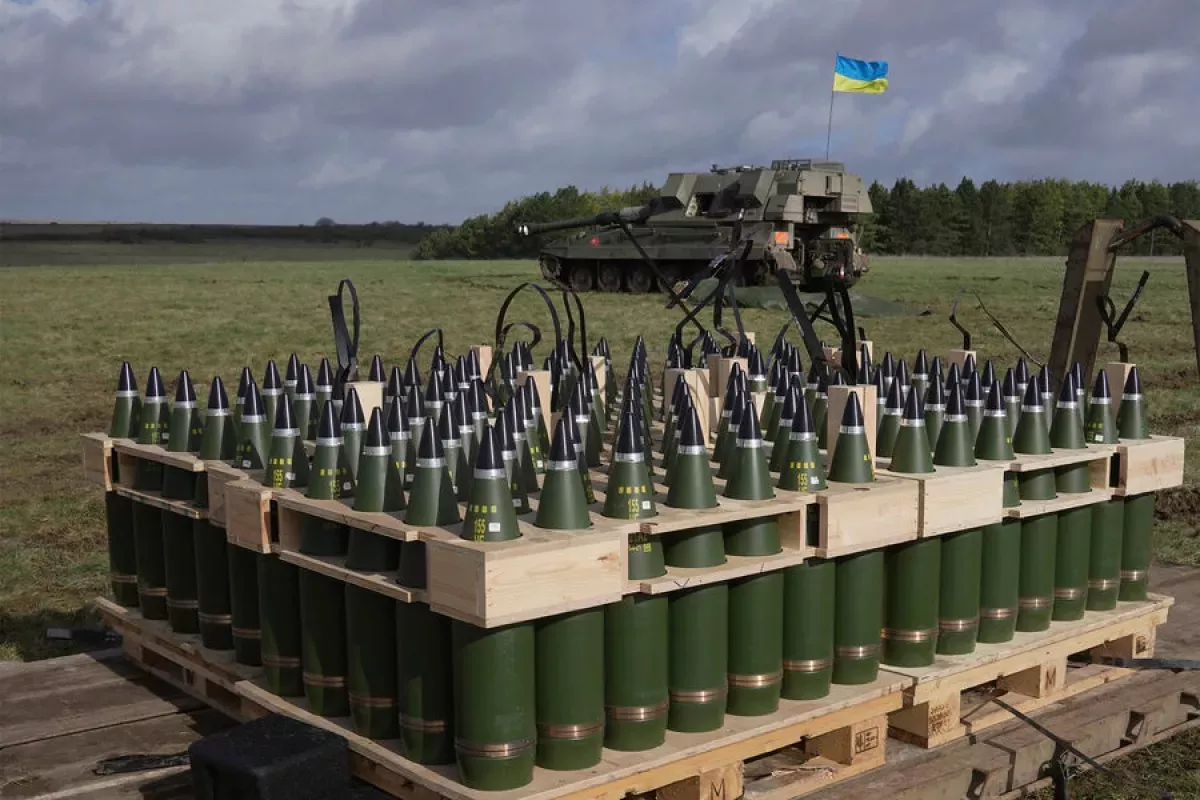
In both cases, such deals were backed by global liberal elites — the EU and the U.S. Democratic Party, known allies of Pashinyan. It was from them that the American president later demanded, for example, necessary trade agreements from the EU in exchange for supplying weapons to Kyiv.
That is why, in this case, Trump is being offered a familiar scheme, but he has already made it clear that he intends to get real results from Yerevan — namely, the actual creation of the Zangezur corridor. American companies will build the necessary infrastructure, establish a control system, and deploy security forces there. Moreover, Trump has already announced his own visit to these territories. Incidentally, they are located on the border with Iran.
Fourth result: Armenia opens another front
This last statement is mentioned only briefly, but it made it clear to the Armenian delegation that they will no longer be allowed to play the same game as before under Trump. Doing business simultaneously with the U.S. and Iran, Russia and the EU-NATO is no longer possible.
By constructing a shaky and insincere scheme instead of an agreement with Azerbaijan on safe transit, Armenia is trying to delay the peace process. But so far, it is only weakening its own position by opening another front. By handing over lands along the Iranian border to the U.S., Armenia makes another 180-degree turn and joins active confrontation with Iran. Tehran expressed its concerns early Saturday morning, and the Armenian Security Council rushed to calm things down, explaining that white is black, and Armenia will continue to be friends with both Iran and Trump.
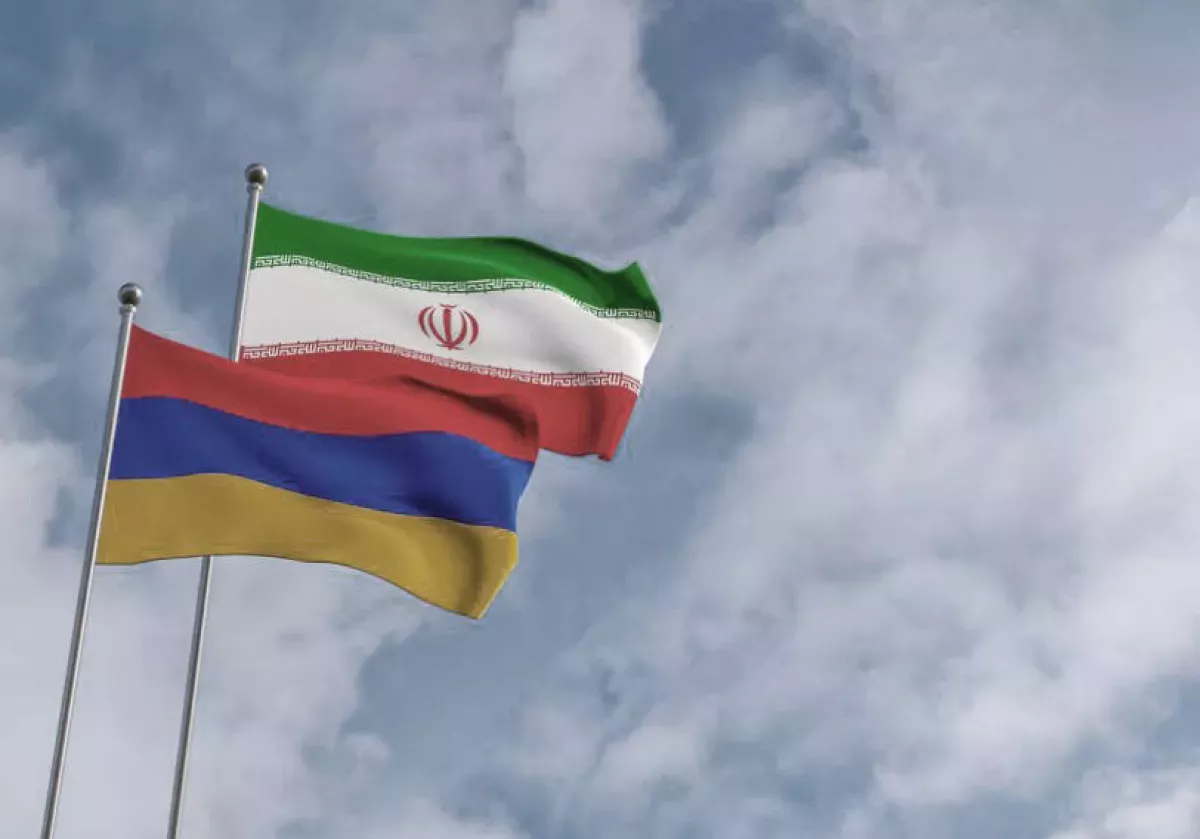
Considering how Iran has supported Armenia throughout all these decades since the collapse of the USSR, it is impressive — if not for Tehran, all the Armenian nationalist fuss would have collapsed on its own back in the early 1990s.
It is also striking how willing Pashinyan is to cut off his “most critical” supply routes in the south, at a time when he has not yet reached agreements with neighbours to open borders in the east and west, and when communications in the north are regularly threatened due to actions by his European allies and Russia.
Pashinyan has indeed taken a desperate step. Moreover, he has done so within what is probably an insincere proposal, which Trump will carefully weigh multiple times and ensure does not turn out to be a remake of the deals previously offered by Afghan and Ukrainian politicians. In fact, Armenia’s weakening position is already predetermined.
In conclusion, it should be emphasised that the Washington summit showed that the Armenian leadership has for years been forced, nolens volens, to move down the path of peaceful settlement.
This is the essence of diplomacy, as understood in Baku: to work with the counterparts that exist, building structural conditions that lead them to make decisions regardless of their character or beliefs.
By contrast, in Yerevan they keep waiting and bargaining for time, hoping for a change in the international situation and the intervention of superpowers. But ultimately, they still have to come to terms with Baku.








